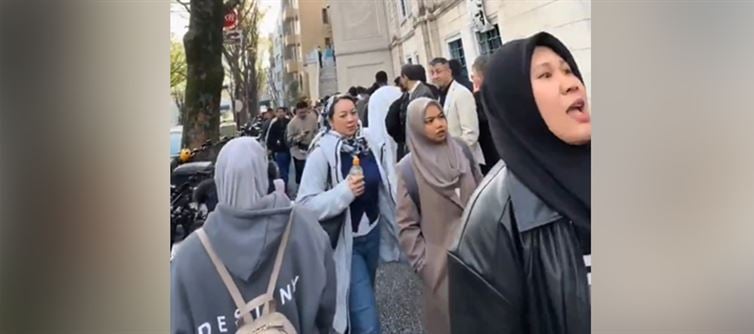
Japan has long been perceived as a nation with a low rate of immigration, maintaining a cultural identity rooted in its historical isolation and stringent immigration laws. However, recent years have seen a shift due to demographic pressures, including an aging population and a declining birth rate, prompting the government to reconsider its immigration policies. The "1952 Immigration Control and Refugee Act" has been a cornerstone of these policies, generally limiting immigration to work visas or those with Japanese descent or family ties.
Despite these restrictions, the number of foreign residents in japan has been increasing. As of december 2024, foreign residents exceeded 3.76 million, accounting for approximately 3.04% of the total population. This growth is partly driven by economic needs and the government's recognition that immigration could help address labor shortages and support economic growth targets.
The Japanese government's approach to immigration has been cautious, focusing on temporary worker programs rather than permanent residency. However, the increasing presence of immigrants, as depicted in the video, raises questions about integration, cultural assimilation, and the long-term impact on Japanese society. The video also touches on the growing Muslim population in japan, which, although still a small minority (around 0.28% as of early 2020), has been one of the fastest-growing religious groups due to immigration from Muslim-majority countries.




 click and follow Indiaherald WhatsApp channel
click and follow Indiaherald WhatsApp channel